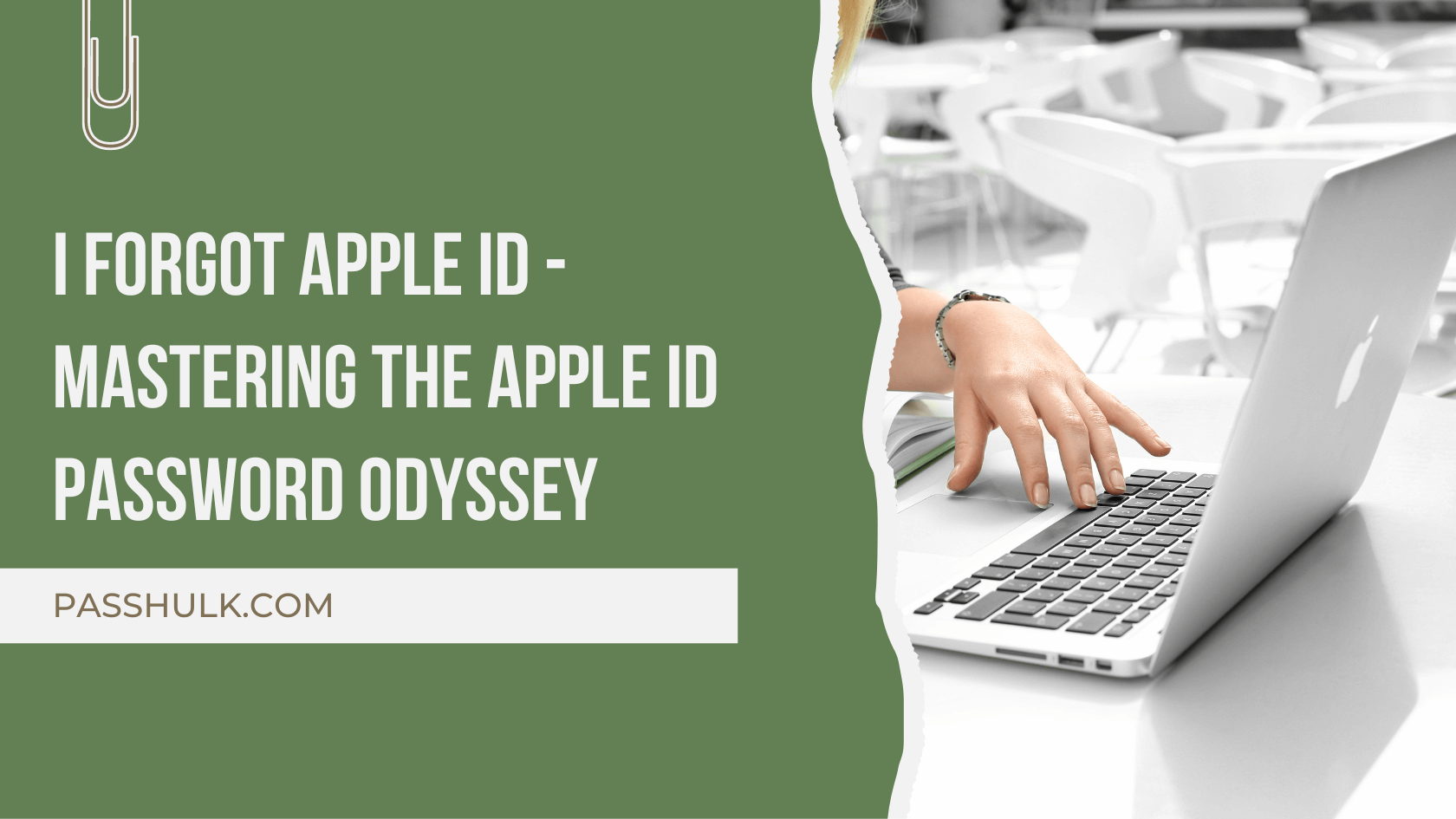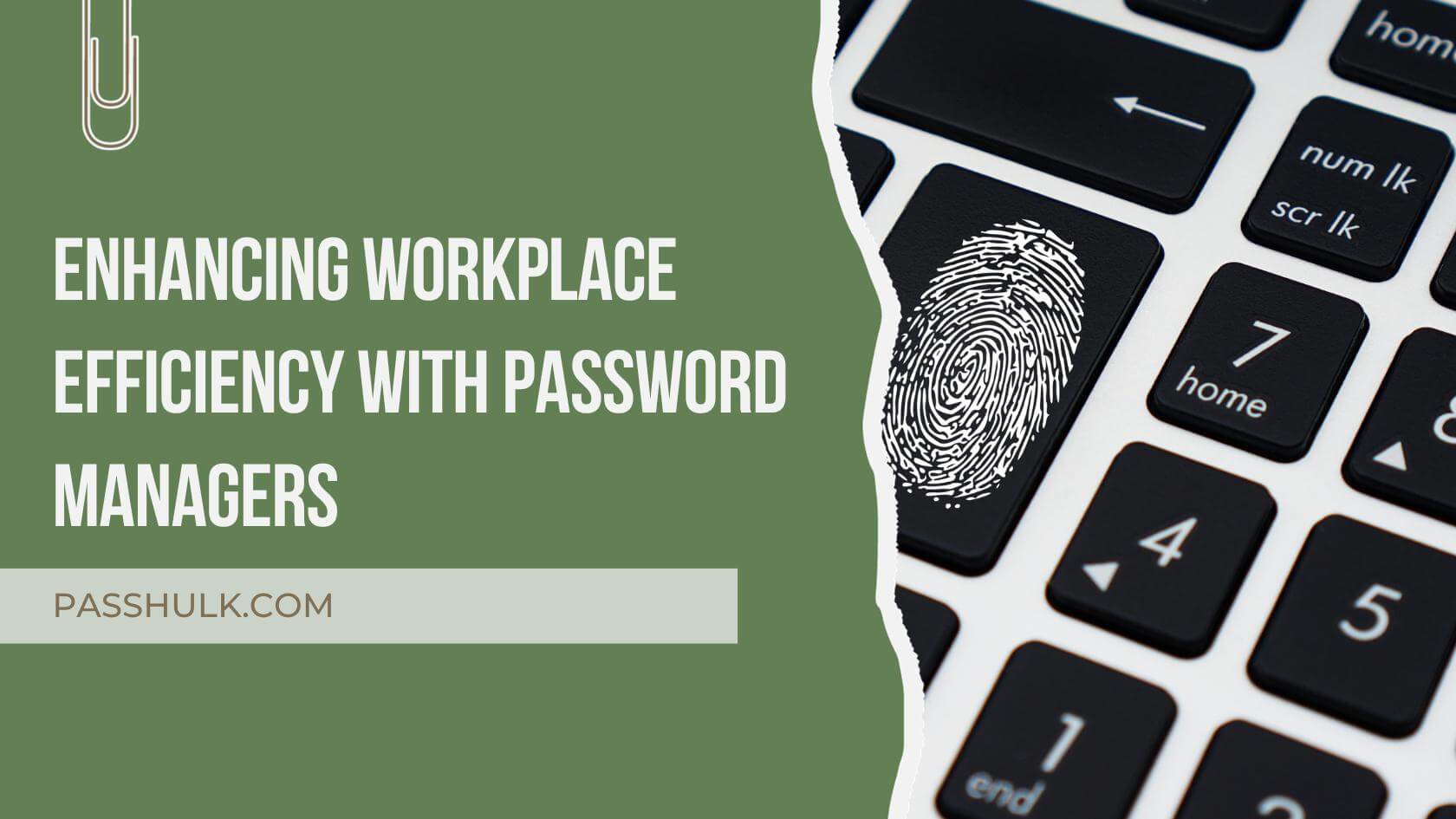A simple way to define what the term ‘password manager’ refers to can be stated as, a coded bit of software that assists in storing and managing all the available passwords and information related to a user’s login details that are otherwise used to access things such as online websites, applications and other activities that might require the addition of a password for its proper workings.
Furthermore, it can also be said that a password manager does a fine job at keeping the users’ private data along with their credentials safe and secure, and it facilitates the users by producing different, strong, and innovative password options for them so that they don’t have to worry about using the same ones for all their devices and other online platforms and risk getting hacked.
How to use a password manager?
The purpose of a password manager is basically to store the user’s passwords in an encoded form to help secure them from any chance of tracking and misuse. Moreover, this type of software also ends up displaying the user’s choices of login credentials so that the users do not have to keep remembering so many of the passwords on their own except maybe the main password or in most cases the keyword pin that is used to sign into specific applications.
On the other hand, some password managers will let the users verify their devices by using facial recognition or fingerprint recognition instead of just entering the user’s main password as they can access it through their password manager guide. Likewise, for stronger security, some contain features such as two-faced verification in different forms like Google Authenticator or a biometric system or SMS-based, depending on what kind of application the user picks.
In addition, to this most password manager applications come with certain extensions related to the browser in use, and that allows the system to accordingly fill in the passwords for the individual instead. Along with this, there is an encoded sync feature available that would allow the individual to carry the required passwords with them wherever they would like to use them next across their devices such as Windows, Mac, Android, or iOS devices.
Next, when the individual ends up installing and setting up their respective password manager, they will have to open the application and then copy and paste their password into the login field section and only then will they be able to access the services needed. Likewise, when the individual logs into the safe website, this is when the password manager will end up installing a browser plugin option that captures and replays all the passwords and secures the individual’s login information and their relevant credentials. So that the next time when the user goes and logs in to the same website, the application will on its offer to fill in the login information automatically but unfortunately not all password managers have this feature present in them.
Similarly, if there are more than one or multiple passwords or even multiple logins, saved for the same site, then the application will offer the user multiple login options for their account. But this also depends on the kind of password manager application that is selected by the user, the users can just as easily find one with a browser toolbar menu and have their passwords saved so that later when they choose to visit the saved sites directly, they can get logged in automatically. However, in some cases the password managers can also import the user’s secured data from or help export it to some other products, making it easier for them to switch to a new password manager. Others, would go a step ahead and help to provide safe online storage for the individual’s documents and give them access to further share their credentials with trusted parties. In comparison, most of them can also end up flagging the user’s copied and weak passwords, in return offering them the choice to update them, and if in the end, the user decides to pick an advanced option, then the manager can automate the process of changing passwords for them.
What are the different types of password managers?
Interestingly, a lot of the popular password holders seem to be functioning as a cloud application that can later easily be accessed through a browser. Regardless of the user’s preferred password manager, they will have to create one strong master password that will protect all their saved credentials and login information that are used to access the different services they use. In comparison, if the individual is using a cloud-based manager, then that will be part of creating an account.
Nonetheless, the manager will then take it from there. With this in mind, the individual can add all their existing accounts to it and when signing up for new services, they can either use their passwords or it will use a built-in generator to create randomized, long, and safe passwords. Once the user wants to sign into any of the services that they use, the password manager automatically fills in the credentials and everything is all set.
But If the individual has an issue with trusting cloud-based applications with their passwords, then in that case they can opt for a locally hosted vault, which will store everything on their device. The user themselves can choose from several open-source options, which will indefinitely provide a lot of the functionality of their cloud competitors, most often in a more modest design package as well. However, what these applications may lack in aesthetics, they make up for in features nonetheless.
Furthermore, another option that can be tried out apart from cloud-based and open-source solutions is known as the managers that are mentioned in reputable security suites and happen to represent a suitable option to help the users manage and secure their login credentials in the end.
What are the pros and cons of using a password manager?
There are multiple different types of password managers to select from, one of the most popular choices being a cloud-based manager. One of the most beneficial aspects of using the cloud is having access to the user’s passwords from anywhere when needed. Some other popular brands offer applications for individuals and their smartphones, so if they use various devices then in that case cloud-based services will be able to sync all their passwords across all devices. Some even seem to have desktop options and browser plug-ins, so they can have all of the bases covered when needed.
On the other hand, when it comes to things like subscriptions, the most basic set of options is usually offered for free. If the user finds those lacking, they can always get access to paid features like one of the more premium tiers, which usually end up including more settings and added security features as well.
Mostly, it is vital to keep in mind that since the user’s data is stored on a server, unfortunately, in case of a breach or a successful hack, cybercriminals can end up easily downloading the information in bulk and the user’s account may end up falling in that data stockpile.
Conclusion
In the end, to secure your digital life, the individual should be aware that it’s not easy to memorize all the passwords and numbers and symbols and if forgotten can cause serious problems later on in the future. That is why it is vital to get a password manager instead. That way the individual will have a more safe and more secure method of collecting all their login information under one area. Not to mention the fact that this technique will end up acting as the first defense in case of a hacking incident.



